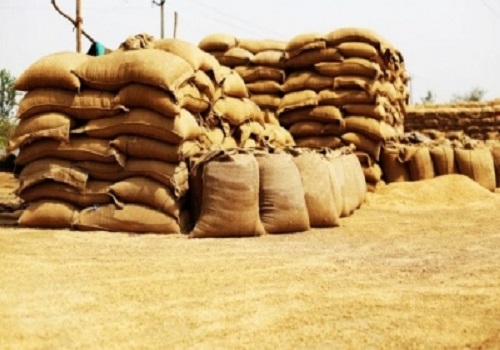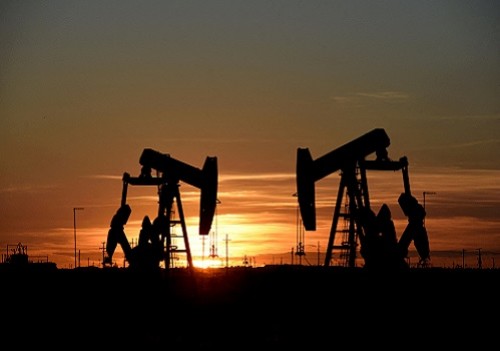S&P Global Commodity Insights Releases its Latest 2023 Energy Outlook

Follow us Now on Telegram ! Get daily 10 - 12 important updates on Business, Finance and Investment. Join our Telegram Channel
India – Analysts at S&P Global Commodity Insights, the leading independent provider of information, data, analysis, benchmark prices and workflow solutions for the commodities, energy and energy transition markets, today released the latest 2023 energy outlook.
“China’s COVID policy is the most important fundamental factor for global demand in commodities and energy in 2023,” according to Dan Klein, Head of Energy Pathways, S&P Global Commodity Insights, “as its demand softness due to lockdowns in 2022 was a key safety valve for oil, gas, and coal markets, while Europe scrambled to replace Russian energy. With another year of vaccinations and growing frustrations with lockdowns domestically in China, restrictions will likely ease somewhat in 2023 and imports of fossil fuels can be expected to increase again.”
The S&P Global Commodity Insights Energy Outlook 2023 presumes China’s total energy demand will increase by 3.3 million barrels of oil equivalent per day, up from virtually no growth in 2022. This will represent 47% of global energy demand growth next year. While China’s imports will likely return to growth a growth pathway, India has been a strong demand performer over the past year, with imports of oil and coal notably higher year-on-year, as it has absorbed significant volumes or Russian supply that would have gone to Europe.
OVERVIEW
The incredible rollercoaster ride that energy markets have been on since the onset of the COVID-19 pandemic in 2019/2020 has been extended, with unprecedented uncertainty on global energy supply developing over the past year in the wake of the Russian invasion of Ukraine, amid a backdrop of a weaker macro economy and high inflation. In 2023, S&P Global Commodity Insights expects that markets will be on an extended pathway of recalibration as supply and demand fundamentals adjust to elevated prices and supply uncertainty. Barring a significantly deeper recession than expected, it will take several years of stronger supply growth than demand growth for inventory cushions to return to comfortable levels, particularly if Russian energy export reductions are more severe than anticipated. For oil, while global supply will increase, it will grow slower in 2023 at around 1.7 million barrels per day (b/d) than the 4.5 million b/d growth in 2022, due to greater losses from Russia and limited upside from OPEC. While there has been a growing narrative that the US shale revolution is over, we expect 0.7 million b/d of oil supply growth from US shale alone, with additional growth in crude production coming from Norway, Brazil, Canada, and Guyana.
For natural gas, global supply growth, particularly liquefied natural gas (LNG), will be limited in 2023 despite extremely high prices, due to a lack of new liquefaction facilities coming online. This will require LNG markets to balance again on demand destruction rather than supply growth. This dynamic will be particularly apparent in Europe, where there will be even less Russian gas supply in 2023 than in 2022, requiring considerable demand destruction.
In general, commodity prices are expected to ease over 2023, as fundamentals pull toward recalibration. Natural gas, coal, and crude oil prices are all expected to be lower in 2023 than 2022 on average. However, while the “platinum age” of refining will ultimately come to an end, 2023 should still be golden for refiners, with refined products prices maintaining lofty levels. Electricity prices are also poised to deflate, with another tranche of renewables becoming operational and European policymakers looking to weaken the link between natural gas and power prices. Once again, demand for all fossil fuels will increase in 2023, which points to a global CO2 emissions rise despite continued attention paid to climate and the energy transition. The environment created by prevailing geopolitical uncertainty, weaker macroeconomic growth, and high inflation will keep the energy security versus energy transition debate front and center. While there have been commodity crises driven by supply disruptions in the past, the world is dealing with the first truly global energy crisis across all fuels. The market will adjust with fuel substitution and altered trade flows, requiring a holistic global perspective across the breadth of the energy market.
Above views are of the author and not of the website kindly read disclaimer












 320-x-100_uti_gold.jpg" alt="Advertisement">
320-x-100_uti_gold.jpg" alt="Advertisement">








